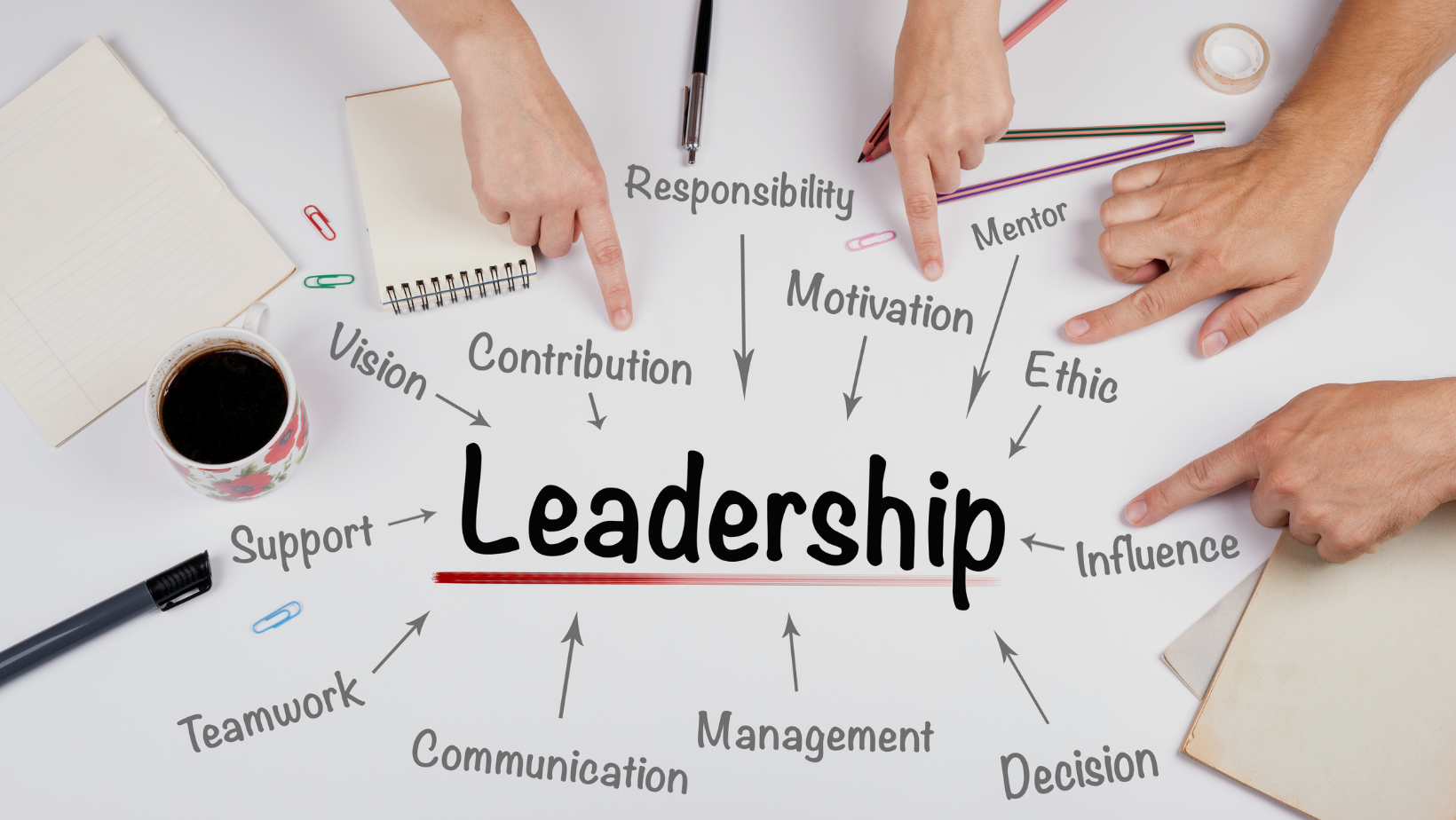
There are a great many aspects to becoming a great leader, and the good news is that anyone can learn to become a better leader. In this article, we will explore some common aspects that may affect your ability to lead effectively.
It should go without saying that everything about being a leader that people can work effectively for comes down to proper two-way communication. With that in mind, we shall look at the various methods that a leader can communicate with their team.
Communication is a two-way process that requires that every party involved is both listening to others and also being heard. Eye-level communication is how decision-makers and other staff can present themselves to each other, as relative equals, maintaining a 50/50 partnership that reflects the role each takes within the business.
Respect and Communication at Eye-Level
The most important thing about eye-level communication is that it conveys is a feeling that employees and leaders are first and foremost people who have needs, and seek recognition and position, both in society and within a team. Communicating effectively and maintaining respectful interactions with, observing, and respecting their needs, helps to create a space in which employees are trusted and allowed to develop. Experimentation and explorations within the business realm are freely permitted and there should be little fear of consequences if honest mistakes or failures occur.
Trust is the most important key element here. When employees come to trust and respect staff, those workers are more inclined to work hard, and they have a level of investment in shared projects and common objectives. Essentially, the business aims become the staffs own objectives. A disengaged employee may simply want to clock in and clock out for their paycheck, whilst truly engaged staff want the company to succeed. Leaders that persist in the classic hierarchical model of top-down directives need to come to understand that this model is often no longer effective and that eye-level or participative leadership is the future.
Recent studies have shown that most employees want to be valued, focused, and have a sense of purpose. Whilst job security is undoubtedly valuable to all employees, employment satisfaction can be boosted by employers building a sense of worth in their staff. Focused workers statistically provide improved results and complete a heavier workload. Instilling a sense of purpose into staff provides them with drive and a sense of being a stakeholder in the company.

Leaders who gain respect through offering respect are frequently more effective than those who demand it, and there are strategies for striking that difficult balance:
Be consistent in expectations
Take prompt action.
Be flexible
Be lenient but strict in certain aspects
Show respect to your employees
By being an eye-level communicator, rather than simply making noises about being one, effective leaders set the standard for what they expect from their staff. Taking chances and challenging the status quo should become the corporate culture. Remember, just because something has worked in the past does not mean that it will work again in the future. Effective leaders are not afraid to push the finest and brightest staff into stretching themselves to achieve their goals, but encouragement is the key, not bullying.
Is the Hierarchy Model Being Phased Out?
Business is evolving rapidly. Flexibility, boldness, and innovative ideas are what businesses need now, not rigid paradigms. The old top-down or hierarchical system, where the most senior manager dictates the corporate direction and is expected to know how best to execute those plans, is old fashioned. Whilst it still has its place in certain systems, we must ask, is it fair to delegate responsibility for resolving business needs on to one small set of a company’s management, or for workers to have no say in how the business is run?
Businesses are beginning to question traditional hierarchy setups, due to complicated and time-consuming processes, delayed decision-making, and a lack of flexibility. But in the absence of a hierarchy, what fills the void? Is a bottom-up management style more suitable? Where do the possibilities end, and the constraints begin?
Exploring the Bottom-Up Approach of Leadership
The bottom-up methodology allows for a unique approach to job design. This approach encourages employees to participate actively in the design of the firm and its operations. Decision-making and the ability to take projects in certain directions become dispersed across the organisation in this manner. Employees create their own job goals and milestones in collaboration with the management maturely. Managers become mediators and mentors.
Employees are free to select their tactics and tools to turn them into self-sufficient business owners, driving projects forward. The aim is for them to find innovative and practical solutions and experience the concept of self-directed workloads and subsequent results firsthand.
Understanding How the Bottom-Up Approach Impacts Team Progress
In the bottom-up approach, the efficiency of the entire team can be improved. However, managers are challenged by this type of work mode since, despite the inherent speed and flexibility of self-directed teams, managers are unable to implement decisions or prescribe solutions to their staff. As they effectively take on the role of mentor or mediator, their job is to hand over responsibility for problem-solving to the employees.
Ultimately, this kind of practice has the potential to improve motivation and collaboration among team members because they feel enfranchised. Their contribution is seen as valid and valuable within their institution. Cooperation increases due to effective communication and team members perform their best in tasks.
Depending on the business sector, a mix of management styles is frequently used in practice, to provide a good balance between hierarchy and innovation. Companies evolve their management structure, which may be completely individual to each business and become part of the character of that institution. Top-down management remains very much the norm within most organisations. However, to ensure effective leadership, we need a fresh attitude toward work culture and the way we employ people, to steer our business effectively in a better and brighter era.
Conclusion
In conclusion, effective leadership is rooted in communication, respect, and a willingness to adapt to changing paradigms. The traditional top-down hierarchical model is being challenged by the bottom-up approach, which empowers employees to actively participate in decision-making and job design. This approach not only fosters a sense of ownership and motivation among team members but also promotes collaboration and innovation. Effective leaders understand the importance of two-way communication, respect for their employees, and creating a culture of trust and purpose within the organization. By embracing a more flexible and inclusive leadership style, businesses can navigate the complexities of the modern work environment and steer towards a brighter future of effective leadership and sustainable growth.
